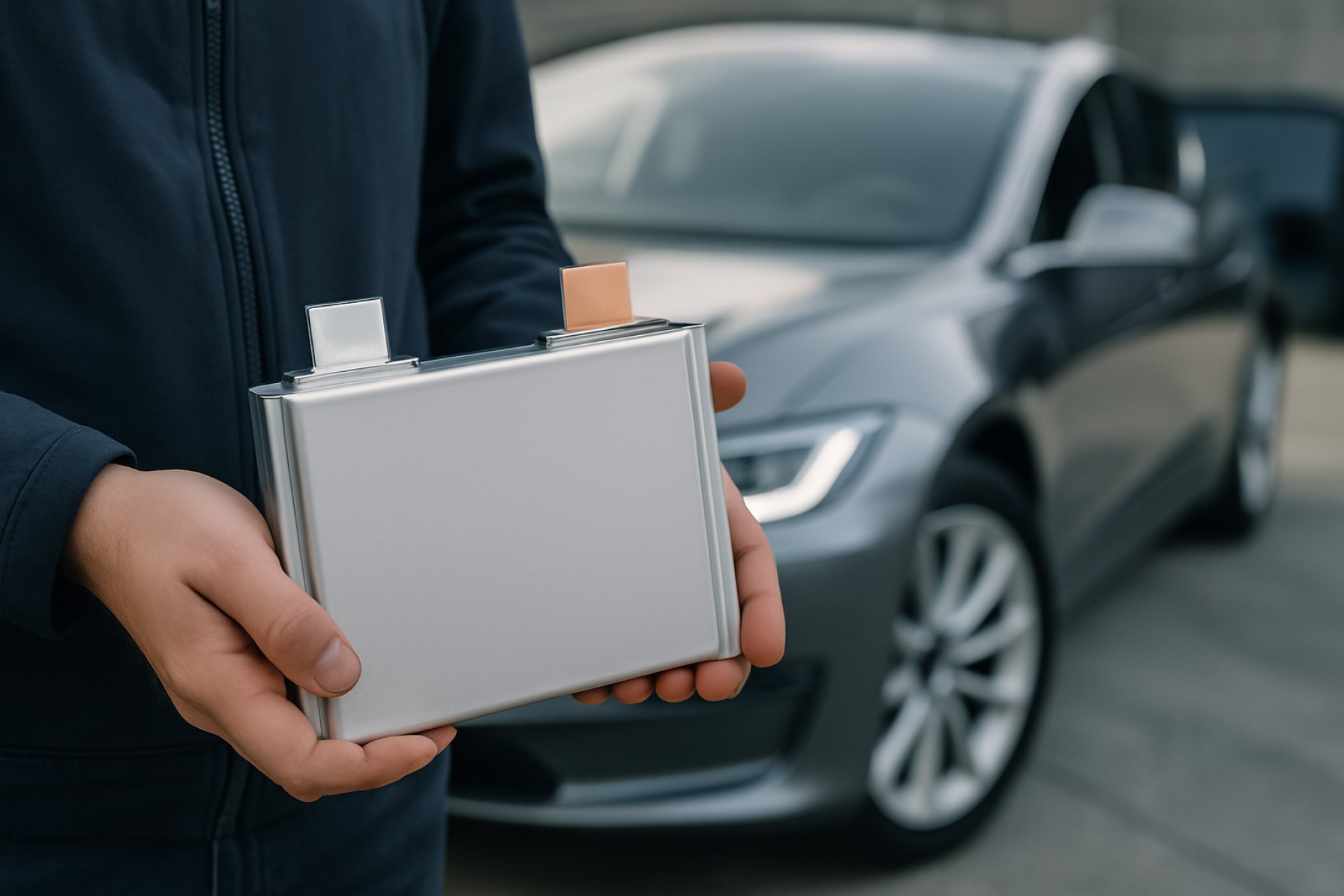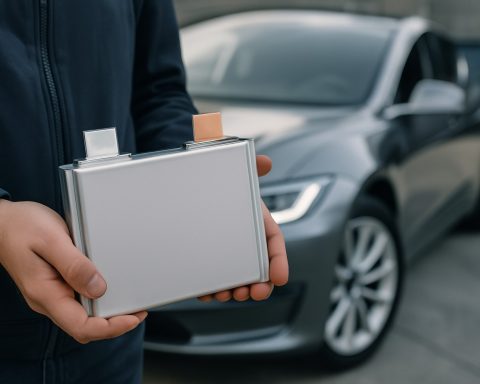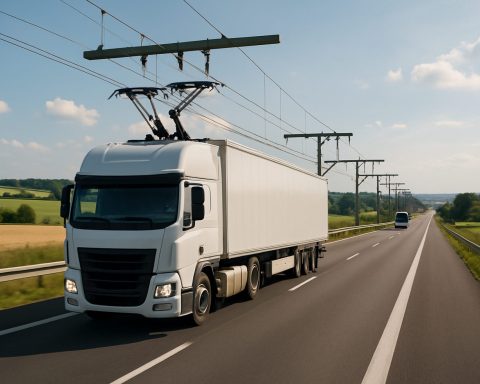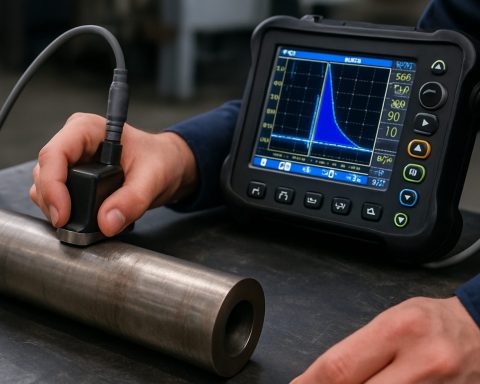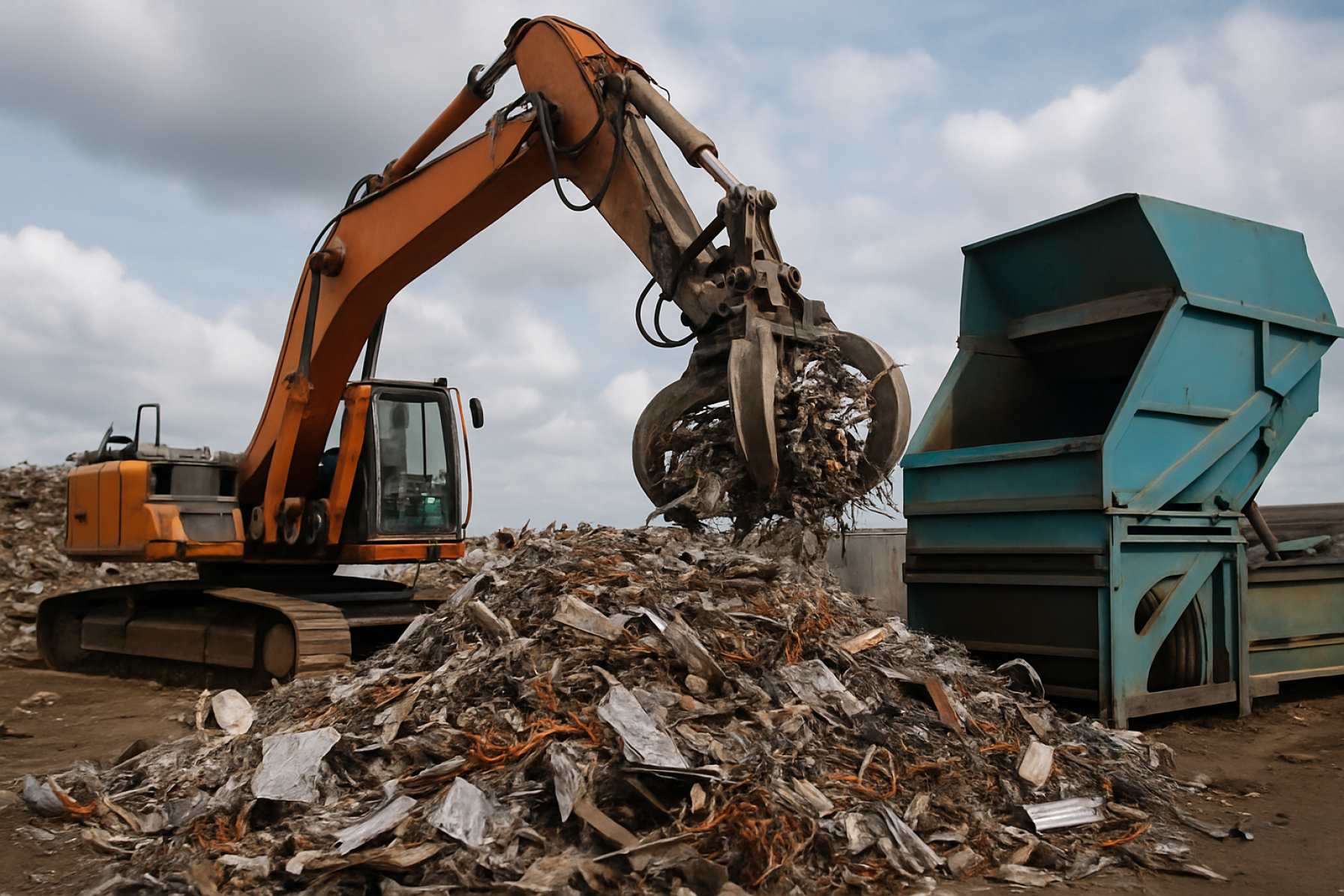- Gotion has launched a pilot production line for all-solid-state batteries, signaling significant progress in electric vehicle technology.
- The new “Gemstone” battery boasts 350 watt-hours per kilogram, offering up to 40% more range and lighter weight compared to current lithium-ion batteries.
- Solid-state design greatly improves safety, passing severe puncture, heat, and impact tests without failures, addressing major concerns of EV fires and recalls.
- Mass production is targeted for 2030, aligning with global trends and stricter safety standards in the electric vehicle industry.
- Gotion’s advancements could accelerate global adoption of cleaner, more reliable electric vehicles, impacting emissions, energy independence, and industry innovation.
Electric cars are getting ready for their next big leap, and it’s happening far from the glitz of auto shows—inside state-of-the-art laboratories buzzing with anticipation. Engineers clad in white coats and safety goggles pore over silvery modules no bigger than a paperback book, yet these humble bricks might hold the secret to unlocking a new era of transportation.
Gotion’s revelation is electrifying both for its scale and for what it symbolizes: a genuine shift from imagination to implementation in the long-awaited revolution of solid-state batteries.
The company, quietly climbing the ranks to join industry giants, has now thrown open the doors to an experimental production line dedicated exclusively to all-solid-state batteries. Not just a test-tube experiment, this pilot plant is churning out cells robust enough to endure real-world scrutiny in electric vehicles—marking a visible leap toward safer, longer-lasting, and more potent battery technology.
High Voltage, Higher Hopes
Gotion’s new “Gemstone” battery claims a stunning 350 watt-hours per kilogram. To the layperson, that energy translates to up to 40% more range compared to many current electric vehicle batteries, and—just as notably—a lighter and sleeker form. Imagine a family sedan gliding silently for hundreds of extra miles, the weight of anxiety and frequent charging stops quietly dropping away.
This high energy density isn’t just an incremental improvement. It’s a pivotal moment: a signal flare illuminating the twilight of conventional lithium-ion batteries, whose limitations have cast a shadow over the electric dream for decades.
When Safety Outshines Power
While the quest for range captures headlines, what sets Gotion’s batteries apart is their obsession with safety. Traditional lithium-ion systems, while revolutionary, have inherited risks—thermal runaway, fires, and dramatic meltdowns under the wrong conditions. Gotion’s solid-state cells, however, have shrugged off puncture tests, braved extremes of heat and crushing impacts, and emerged unscathed. This new level of resilience could put an end to harrowing news of EV fires and recalls.
From Pilot Project to Industry Paradigm
Despite the machinery’s present whir, the path to showrooms remains winding. Industry insiders know that producing a lab marvel is different from producing millions of identical, affordable units. Gotion eyes 2030 as a realistic milestone for their “Gemstone” line to scale from experimental batches to major production, matching the timelines envisioned by fellow battery titans CATL and BYD.
The stakes are high. Success could disrupt not only supply chains and factory floors but also global ambitions surrounding climate change. Every kilowatt-hour squeezed from these new batteries translates to fewer emissions and a firmer grip on energy independence for nations adopting electric vehicles en masse. It’s a development closely watched by governments, automakers, and environmental advocates alike.
A New Dawn for Clean Mobility
Gotion’s advance doesn’t stand alone; it’s a powerful echo across an industry racing to build the ultimate battery. With China tightening safety standards by 2026 and global demand for electric vehicles reaching a fever pitch, the spotlight will only intensify on those willing to turn bold research into everyday reality.
Ultimately, this experiment on the factory floor may one day reshape your daily commute. Will these all-solid-state batteries deliver the promise of a lighter, safer, and greener ride? The evidence mounts with every successful test.
For those following the electric revolution or considering a future EV in their driveway, one thing is clear: when innovation is this relentless, today’s limits can become tomorrow’s footnotes. The race is on—and innovation, by all measures, is in the driver’s seat.
Explore more on electric vehicles and cutting-edge battery news at Bloomberg or global business insights at Reuters.
The key takeaway? The dream of solid-state batteries powering the family car isn’t just a blueprint anymore; it’s racing toward reality—charged, safe, and ready to usher in a cleaner future.
“Solid-State Shockwave: What Gotion’s Breakthrough Means for Your Next Electric Car (And Your Wallet!)”
Gotion’s Solid-State Battery Revelation: Unpacking the Future of EVs
Gotion’s unveiling of its “Gemstone” all-solid-state battery may sound like news for the tech-savvy, but this technology is about to impact millions of drivers, the environment, and the broader energy market. The solid-state revolution promises not just incremental change—but a seismic shift for electric vehicles (EVs). Here, we dive deeper into the facts, opportunities, and reality checks not fully explored in the source article.
Key Features, Specs, and Pricing Insights
– Energy Density: Gotion’s Gemstone battery boasts 350 watt-hours per kilogram (Wh/kg)—substantially higher than typical lithium-ion batteries (often 180-250 Wh/kg; see: [Nature](https://www.nature.com)).
– Safety: By replacing flammable liquid electrolytes with solid-state materials, the risk of fires is dramatically reduced. Tests show resistance to puncture, heat, and impact—far superior to conventional lithium-ion chemistry.
– Form Factor: Expect thinner, lighter batteries. This could enable sleeker car designs (think Tesla’s low-riding skateboard chassis) and more cabin or trunk space.
– Production Scale: Gotion is targeting wide availability around 2030. Initially, costs will be higher due to production complexity, but mass adoption is expected to drive prices down, mirroring previous lithium-ion price drops.
– Lifespan: Solid-state batteries could, in theory, double the cycle life (charge/discharge cycles) compared to today’s batteries—meaning far fewer replacements and a lower total cost of ownership.
How-To: Future-Proof Your Next EV Purchase
1. Watch Tech Roadmaps: When shopping for an EV in 2025+, check if automakers plan to adopt solid-state batteries. Many have announced solid-state R&D partnerships (Toyota, BMW, VW, Ford).
2. Understand Warranty Changes: Battery warranty periods are likely to lengthen as reliability improves.
3. Evaluate Total Cost: Don’t just look at sticker price; factor in charging frequency, range, and battery replacement intervals.
Real-World Use Cases, Pros, and Cons
Pros:
– Longer Range EVs: Family sedans and SUVs could see 600+ miles on a charge, eliminating range anxiety.
– Quicker Charging: Due to improved thermal stability, ultrafast charging becomes feasible, potentially reducing recharge times to 10-15 minutes (source: [Electrek](https://www.electrek.co)).
– Enhanced Safety: Reduced risk of thermal runaway (fires, explosions).
– Lower Weight: Lighter battery packs mean better handling and improved efficiency.
Cons:
– Early Adopter Premium: Initial vehicles with solid-state packs will likely cost more.
– Manufacturing Complexity: New supply chains, production methods, and rare materials may be needed—introducing early-stage bottlenecks.
– Longevity in Cold: Some solid-state chemistries underperform at subzero temperatures, though advancements are closing this gap (source: [MIT Technology Review](https://www.technologyreview.com)).
Industry Trends and Market Forecast
– Global Forecast: The solid-state battery market could reach $13 billion by 2030, up from <$1 billion in 2022 ([MarketsandMarkets](https://www.marketsandmarkets.com)).
– Automaker Commitments: Toyota plans its first solid-state vehicle by 2027; BMW and Ford are investing heavily in solid-state research.
– Government Policy: China and the EU are drafting regulations to incentivize safer and more sustainable battery solutions by mid-decade.
Security, Sustainability & Environmental Impact
– Resource Security: Solid-state designs can use less cobalt, which is both costly and ethically contentious (often sourced from conflict regions).
– Recycling: Solid-state packs are expected to be easier and less toxic to recycle, aiding circular economy goals.
– Grid Storage: Beyond cars, these batteries can support renewable grid storage, thanks to longevity and safety.
Reviews, Controversies, and Limitations
– Skepticism: Not every expert agrees on timeline optimism. “The path from pilot to mass-market is fraught with engineering and scaling challenges,” says Dr. Yet-Ming Chiang, MIT battery pioneer.
– Competitor Progress: CATL, BYD, QuantumScape, and Solid Power each tout prototypes, but none have reached full-scale auto deployment.
– Regulatory Hurdles: Safety testing, certification, and consumer trust will need to catch up.
FAQs: Your Most Pressing Questions, Answered
Will solid-state batteries work in harsh climates?
Progress is promising, but performance at extreme cold is still being optimized.
Are solid-state batteries compatible with fast charging?
Yes, their heat resilience makes ultra-rapid charging more viable, though real-world infrastructure will need upgrades to support it.
Will I need to replace the battery less often?
Likely. Expected cycle life is much longer than current lithium-ion cells.
Life Hacks: How to Stay Ahead
– Sign Up for Automaker Newsletters: Get solid-state updates directly from leading brands.
– Explore Pre-Orders: Some automakers may allow early reservations for solid-state EVs.
– Learn Charging Basics: As charger tech changes, understanding at-home and on-road options will be key.
Actionable Recommendations
1. Ask your dealer about battery roadmaps before your next purchase.
2. If you live in extreme climates, continue monitoring cold-weather solid-state advances.
3. Plan to take advantage of government incentives for safer EVs in coming years.
4. Consider a used EV as prices may drop when solid-state tech hits the mainstream.
—
Stay on top of major announcements and EV breakthroughs at trusted sites like Bloomberg and Reuters.
Bottom Line:
Gotion’s Gemstone is a leap toward safer, longer-range, and more practical electric cars. As solid-state tech hits production lines, the end of “range anxiety” and battery-related EV fires is within sight—heralding a new era for personal transportation and climate sustainability. Now’s the time to gear up for the solid-state revolution!

